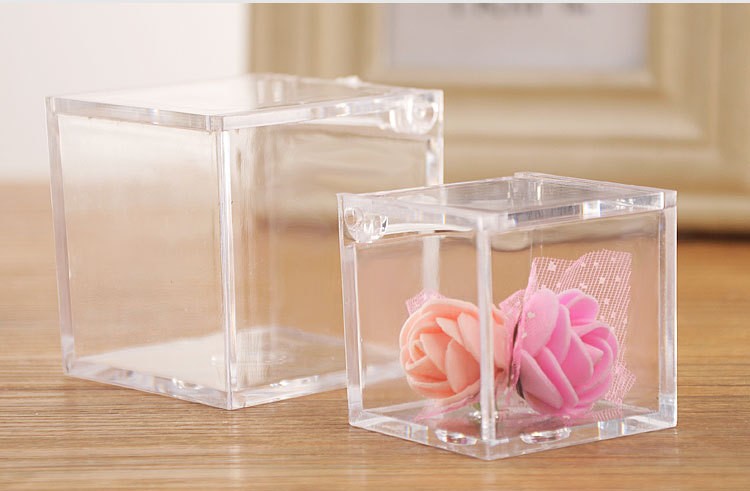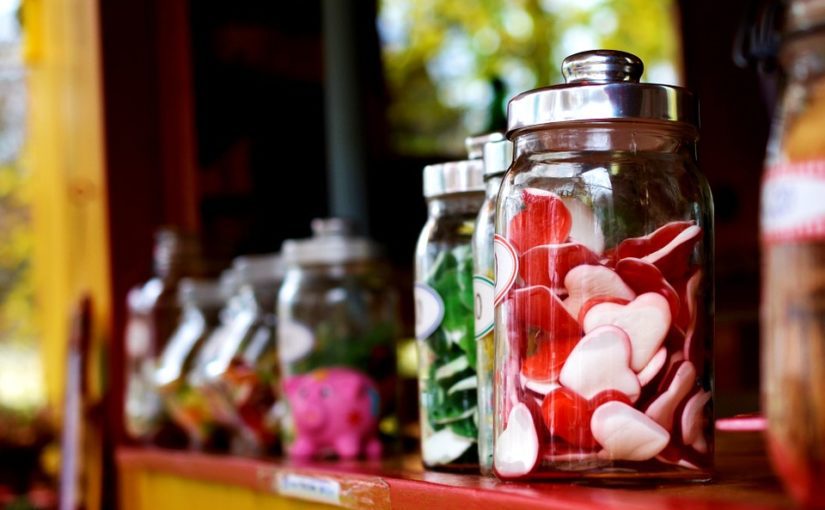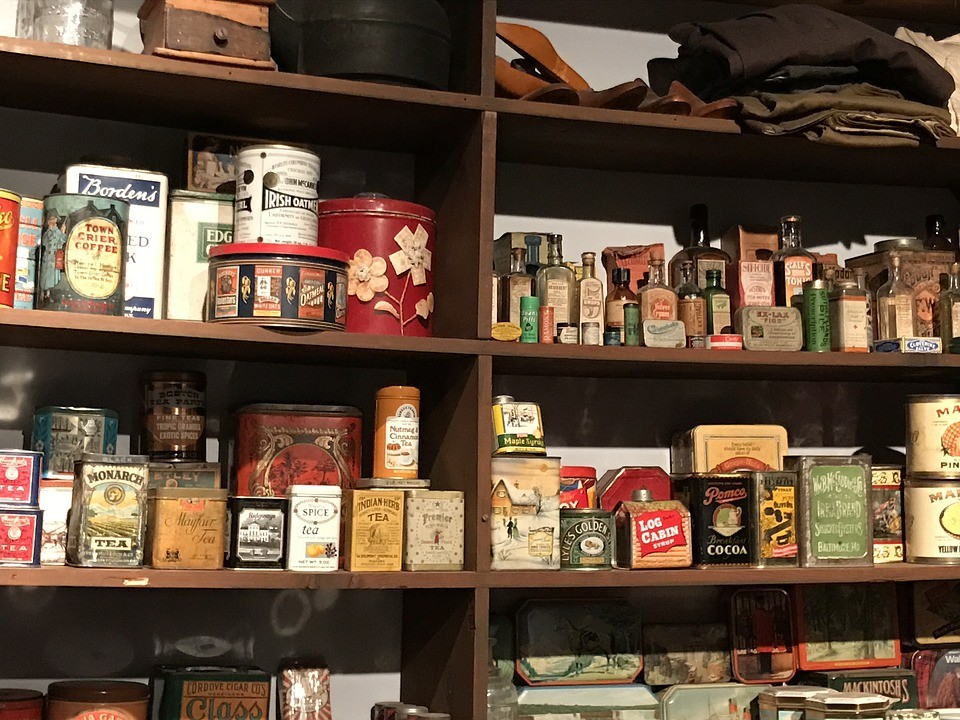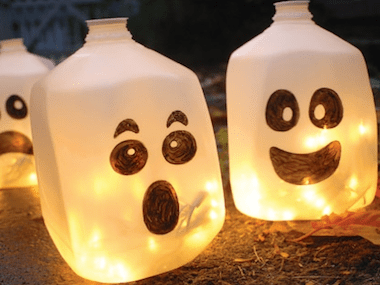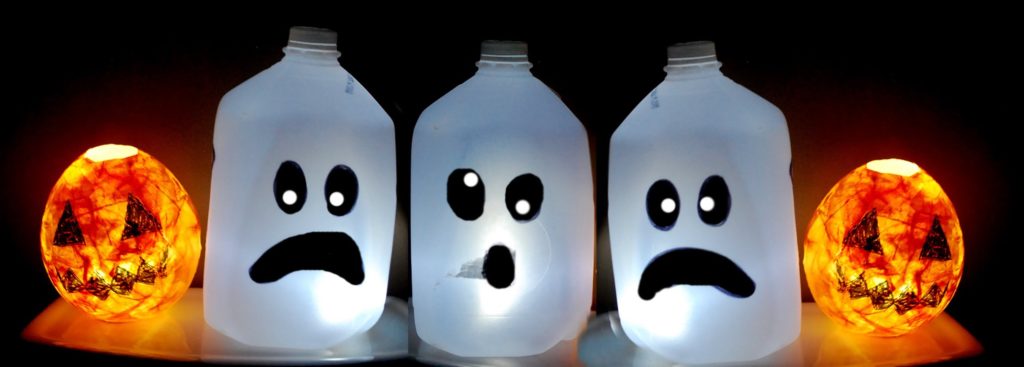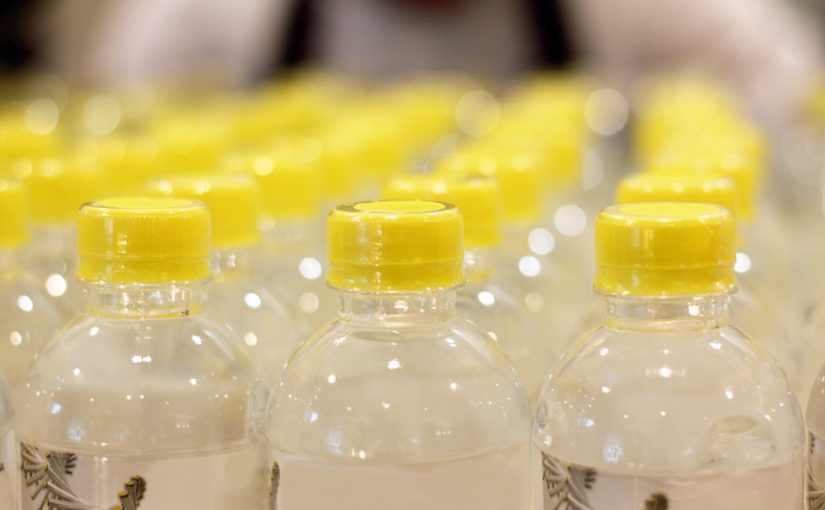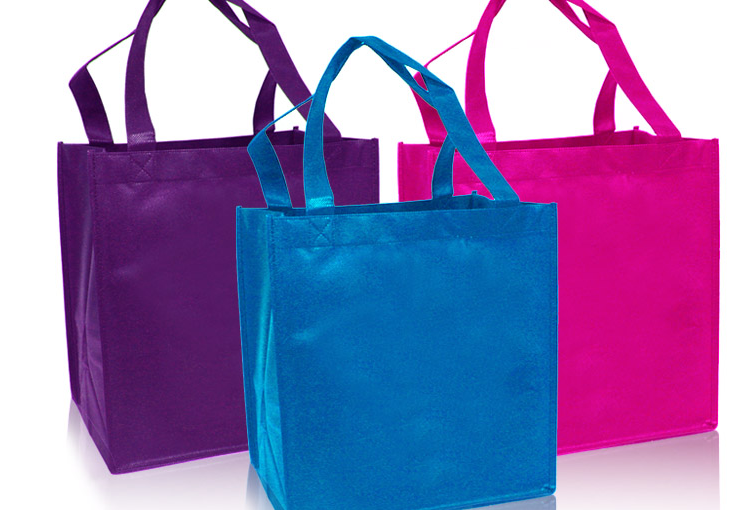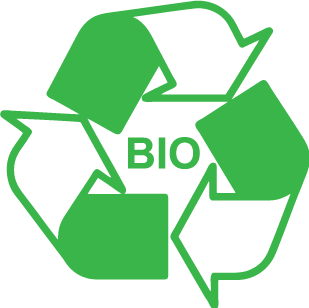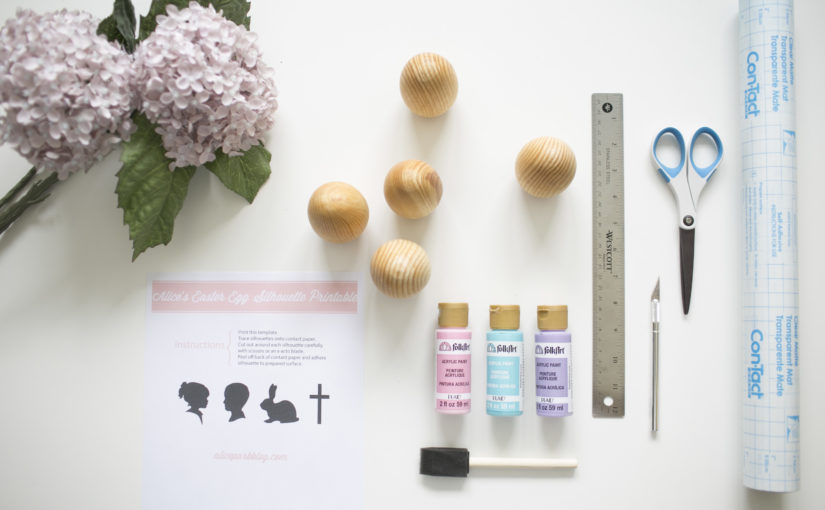As the name suggests, edible food packaging is a type of packaging which can be consumed along with the food or composted.
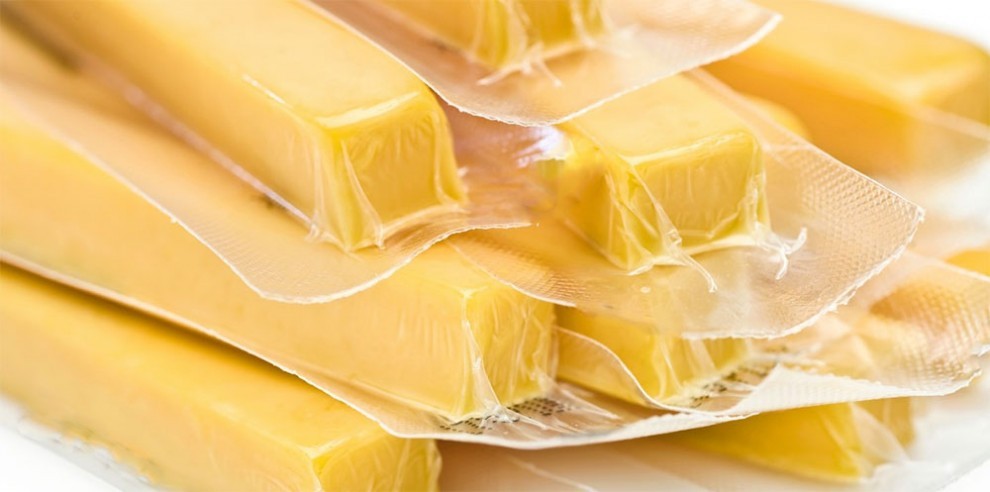
For example, a coffee cup made out of a hard cookie and lined with chocolate layers can be eaten after the coffee is consumed. If you discard it, it has the tendency to decompose faster than plastic. In simple word, this is somewhat like “packaging food with food”.
It is also called biodegradable food packaging.
This unique packaging idea is still in infancy and takes some time to make to the market.
However, one thing is for sure—it will be an effective solution to three big concerns plaguing the USA—plastic wastage, food wastage, and contaminated food items due to their plastic packaging. Here’s how.
Edible food packaging will be prepared from the excess of food leftovers or waste. This way, it lowers the use of plastic for packaging which in turn reduces the waste of plastic packaging. Plus, it will be a safe and chemical free option for food packaging.
Also Read: 7 Types of Plastics and Which One You Should Use
Many organizations and researchers across the world are working to make it flexible and adaptable for the customers.
From seawood, milk to mushrooms, here is a compilation of edible food packaging that will define the packaging industry in coming future.
Shrilk from Silk and Shrimp Shells:
Generally, bakery products like bread, cheese and cookie are wrapped in plastic packaging like plastic ceiling to prevent spoilage. However, plastic packaging won’t do any good to keep food fresh; even worse, harmful components from plastic can be seeped into the food.
Wyss Institute for Biologically Inspired Engineering at Harvard has found a solution. They have developed a new material from lobster shells and shrimp which has been blended with the silk fibers. It is termed as Shrilk. Shrilk is a great replacement for plastic packaging as it carries the same strength, durability and versatility.
Casein from Milk Protein:
Casein (pronounced as kay-seen) is another degradable and edible food packaging option. It is a milk based protein found in cheese and is used in food supplements.
Casein is said to be an efficient oxygen blockers that can prevent food spoilage, thereby being a great substitute to plastic films and food coatings. As an added bonus, it can be eaten with food product. Otherwise, it can be dissolved easily in hot or cold water on being discarded.
Ohoo Edible Water Bottle from Edible Seaweed:
Soon, you will be drinking the water bottle along with water, if Skipping Rocks Lab would be successful in its experiment with edible water bottles. This British startup has developed edible water bottle from seaweed. The same packaging would be made available for juices, cosmetics and other liquids.
Molded Packing from Mushroom:
Ecovative, a New York based company, has come up with an idea to create molded packaging from mushroom. The company has been using mycelium fungus found in mushroom.
Ecovativemixes mushroom with the agricultural waste like corn stalks or husks. Over the time the fungus fibers bind the waste together, creating a solid shape. Further, the shape is dried and turned out in molded packaging. After the use, these packaging can be discarded in the garden where it will be discomposed within a few weeks. It can be great compost for your plants.
LAST NOTE
No doubt that edible packaging is efficient to lower the plastic waste, food waste and health issues due to contaminated food packaging.
However, the development of such biodegradable packaging needs government support and funding as well to reach to the broader level. Then, the companies will have to encourage customers to accept products coming in edible packaging.


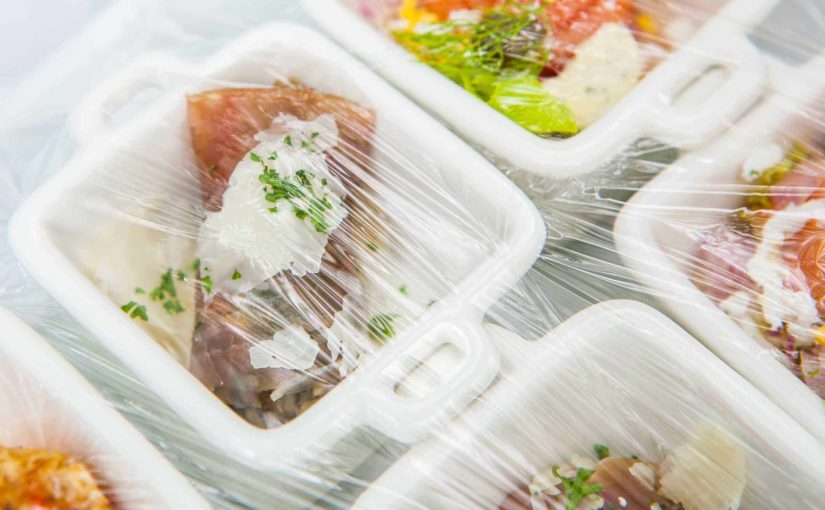
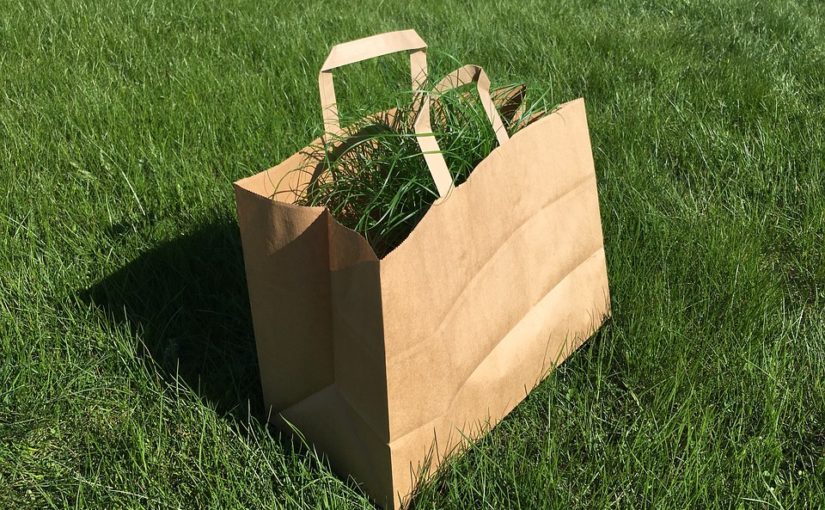
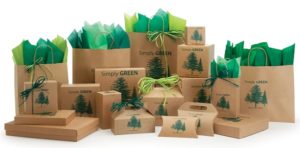
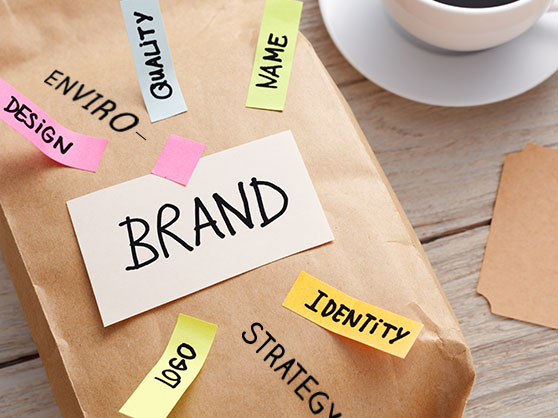
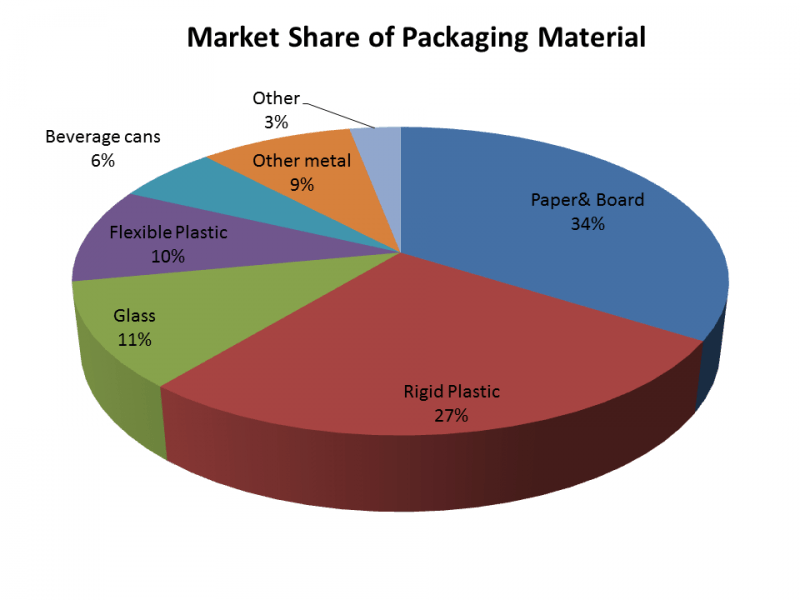 (
(